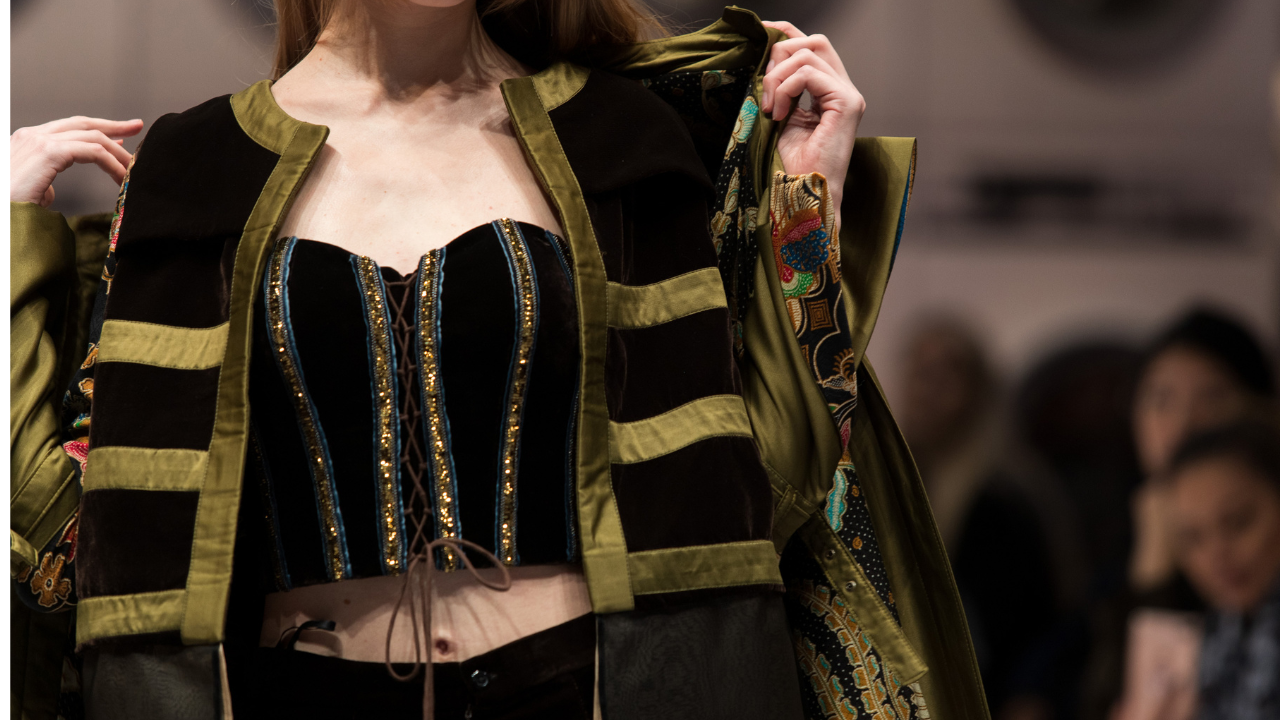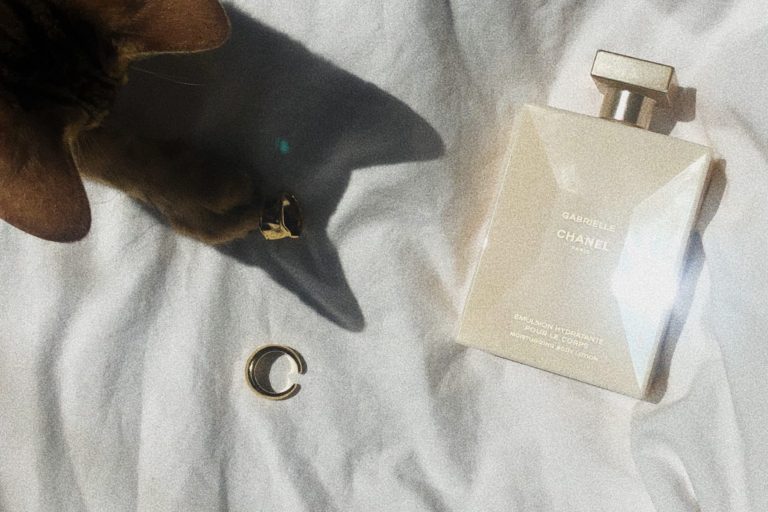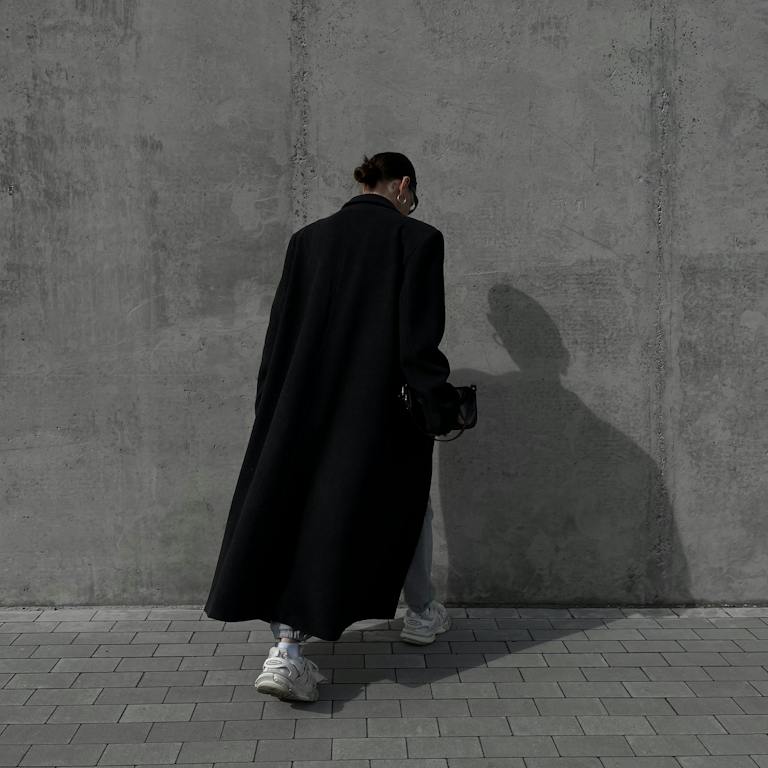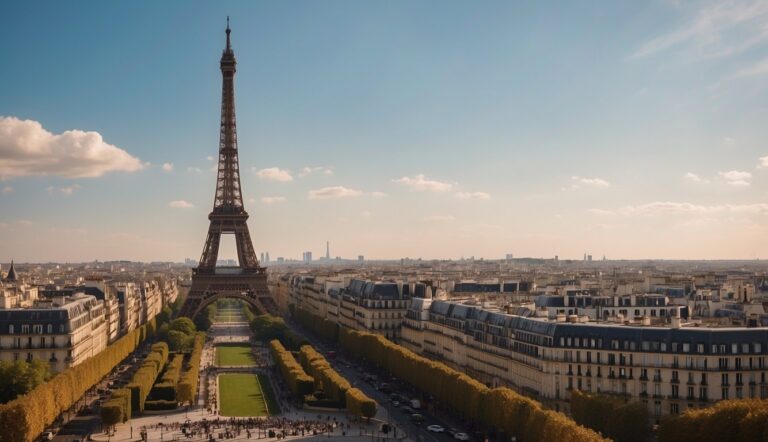Evolution of Fashion Shows: From Salons to Global Stages
Fashion shows, runways, models, when did it all begin? Fashion shows have drastically changed from when they first began in the 1800s and evolved into a beautiful extravagant reflection of society, constantly changing in ways that we could have never imagined.
Historically, fashion shows were exclusive, invite-only events held in the private salons of designers. The first recorded fashion show was organized in 1858 by Charles Frederick Worth, who is considered the father of haute couture. However, it wasn’t until the early 20th century that fashion shows became more public and accessible to a wider audience. The first fashion week was held in New York City in 1943, where designers showcased their collections to the press and buyers.
As the fashion industry grew, so did the scale and significance of fashion shows. Today, fashion shows are global events that attract media coverage and social media attention from all over the world. In recent years, fashion shows have become more inclusive, with designers showcasing a diverse range of models and styles. The evolution of fashion shows has also been influenced by sustainability concerns, with designers exploring innovative ways to reduce waste and promote eco-friendly practices.

Key Takeaways
- Fashion shows have evolved from small-scale salon presentations to large-scale productions that draw global attention.
- The first fashion week was held in New York City in 1943, where designers showcased their collections to the press and buyers.
- Fashion shows have become more inclusive and sustainable in recent years, with designers exploring innovative ways to reduce waste and promote eco-friendly practices.
How Fashion Shows Evolved Through The Times

Fashion shows have a rich history that dates back to the mid-19th century. Over the years, fashion shows have evolved from small, private events held in salons to grand productions staged in global cities.
Late 1800s and early 1900s, business owners began showcasing their designs to wear attire around racetracks, this allowed them to be seen on camera and on the media. However it was really in the mid-19th century that a huge change would descend upon the fashion industry.
Back when mannequins were how designers showcased their work to clientele, Fashion designer Charles Frederick Worth in 1858 hired models to wear his clothes in what they called fashion parades. These were smaller simpler events with no music, elaborate set design or special effects. It is no wonder he was known for his fashion parades as he often aggressively self promoted and because of this he was also often referred to as the father of haute couture, playing a significant role in the evolution of fashion shows.
Fashion parades were much more casual than the stone-faced fashion shows we see today. Models were not so focused on walking with a strut because of the lack of music. You would mainly hear the swishing of the fabric as they would “walk-about” as some people say.
By the 1910s fashion parades had taken haute couture houses by storm, and they coordinated to hold it on fixed dates so that european buyers who travel to view them could see them within a week. However, they still kept their guests lists small and exclusive, particular about who they invited. This aspect of exclusivity for haute couture fashion shows lives on even today as Paris Fashion Week is known for being invite-only and it can take years of experience in the fashion industry to get a seat in one of them.
Department stores soon caught on
In the early 20th century, department stores began to host fashion shows as a way to promote their own clothing lines and attract customers. It was in 1903 that a New York specialty store, the Ehrich Brothers department store in New York City held a fashion show to attract middle aged female customers. Their event was hugely successful, retailers across the country began to hold their own fashion shows, often in a store’s restaurant during lunch or teatime. This continued to evolve when in 1943 when a fashion publicist named Eleanor Lambert organized something called “Press Week” which officially came to be known as New Yorks first fashion week.
This came at the perfect time when women in America had just entered the workforce during World War II, which only ended in 1945. They had spending power, but with little access to clothing from europe because of the world war, Eleanor Lambert with the Dress Institute invited 150 fashion reporters from around the country and they all came to New York to wash New York’s fashion show. Press Week helped new and young American fashion designers receive national and international press. Making New York a world fashion capital.
With America’s industrial revolution and their own department stores manufacturing clothing, haute couture became less needed and instead ready-to-wear collections began to take hold. Luxury french fashion houses also started to hold ready-to-wear fashion shows. Christian Dior held his first ready-to-wear collection in 1947, where he shocked the critics with his lavish use of material because this was just after the war.
Fashion Shows Of Today

The Big Four: Paris, Milan, London, and New York
Today, there are fashion weeks organized in various parts of the world, but the “Big Four” fashion weeks – Paris, Milan, London, and New York – remain the most important. These cities are considered the fashion capitals of the world, and their fashion weeks are where designers showcase their collections for the upcoming season.
Paris Fashion Week is considered the most prestigious of all fashion weeks. It takes place twice a year and is known for its high-end luxury brands like Chanel, Dior, and Louis Vuitton. New York Fashion Week, on the other hand, is known for its commercial appeal and is where many emerging designers showcase their collections.
London Fashion Week is known for its avant-garde designs, while Milan Fashion Week is where Italian fashion houses like Gucci, Prada, and Versace showcase their collections.
Fashion week has become an important event in the fashion calendar, not just for designers but also for fashion enthusiasts, bloggers, and the media. It has also become an important platform for promoting diversity and inclusivity in the fashion industry.
Significant Changes in Venue and Presentation

Gilded Ballrooms to Modern Runways
In the early 20th century, fashion shows were held in gilded ballrooms, where designers showcased their latest collections to a select audience of wealthy clients and fashion editors. These shows were exclusive and intimate, with models walking between tables of seated guests. As fashion became more accessible, designers began to stage their shows in larger venues, such as theaters and hotels.
Today, fashion shows are held in modern runways, where designers can showcase their collections to a larger audience. The runways are designed to create a theatrical experience for the audience, with elaborate sets and lighting. The models walk down the runway, showcasing the designer’s latest collection to the world.
As things modernized, their reach became bigger.
The COVID-19 pandemic had a significant impact on the fashion industry, and fashion shows have not been immune to this impact. With the restrictions on travel and large gatherings, it accelerated the adoption of digital platforms, with many fashion shows moving online. This has allowed designers to reach a wider audience and has made fashion shows more accessible to consumers around the world.
In the post-pandemic world, fashion shows have become physical and digital events. This will allow designers to showcase their collections to a live audience while also reaching a global audience through digital platforms.
Fashion shows are also incorporating futuristic concepts such as augmented reality (AR), virtual reality (VR), and 3D printing. AR and VR technologies allow designers to showcase their collections in a virtual environment, providing a unique and immersive experience to the audience. 3D printing technology, on the other hand, enables designers to create custom-made garments that fit perfectly on the models.
Apart from these, fashion shows are also using advanced lighting and sound systems to create a more engaging and interactive experience for the audience. For example, the Victoria’s Secret Fashion Show used a 360-degree camera to capture the entire show, providing a unique viewing experience to the audience.
Fashion as a Reflection of Social Values
Fashion shows have always been a reflection of social values, and this is still true today. The fashion industry has the power to influence and shape culture, and designers are increasingly using their platforms to promote positive change. For example, gender-neutral fashion is becoming more popular, reflecting the changing attitudes towards gender in society.
Designers are now casting models of different races, sizes, and ages to showcase their collections. This shift towards diversity and inclusivity has been driven by social media, which has given a voice to marginalized communities and made it easier for them to demand representation in the fashion industry.
Brands are using their platforms to raise awareness about social issues and promote positive change. For example, in 2019, Tommy Hilfiger launched a collection in collaboration with Zendaya, which celebrated diversity and inclusivity. The collection featured models of different races, sizes, and ages, and the show was held in a venue that was accessible to people with disabilities.
Fashion Show Production and Execution

When it comes to producing a fashion show, there are many factors to consider. The production of a runway show involves a team of professionals who work together to bring the designer’s vision to life. From the concept and theme to the final execution, every detail must be carefully planned and executed.
The Choreography of the Catwalk
One of the most important elements of a catwalk show is the choreography. The choreographer works closely with the designer to create a unique runway show that showcases the collection in the best possible way. The choreography includes the models’ movements, the order in which they appear on the runway, and the way they interact with each other and the audience.
The models’ movements are carefully choreographed to showcase the garments in the best possible way. The choreographer takes into consideration the fabric, cut, and style of each garment to create a seamless and visually stunning show. The models’ walks are also choreographed to match the designer’s vision and the overall theme of the show.
Adapting to a Post-Pandemic World
In conclusion, the future of fashion shows is an exciting prospect, with emerging trends and predictions that are set to transform the way we experience fashion. With the focus on sustainability, diversity, and inclusivity, and the adoption of digital platforms, fashion shows are set to become more accessible and inclusive than ever before.






